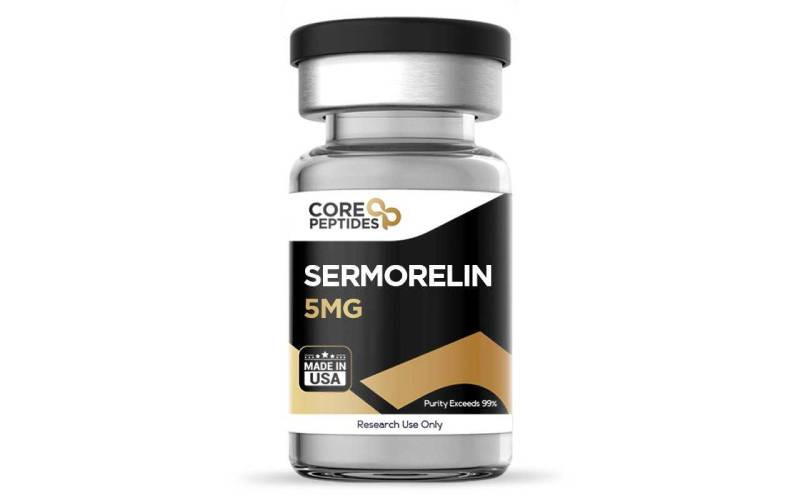Cellulite is a condition that affects approximately 90 per cent of women and 10 per cent of men. A cosmetic problem rather than a medical one, cellulite is responsible for dimpled skin that tends to form on thighs, buttocks, abdomen and upper arms.
Today, most women view the “orange peel” appearance resulting from cellulite as unattractive. A 2013 study commissioned by Cynosure Inc found that women who had cellulite rated their own appearance on average lower than women without cellulite. A whopping 97 per cent of women with cellulite shared that given the opportunity they would change a part of their body affected by cellulite.
But cellulite wasn’t always viewed as unattractive. Just take a look at old paintings. You’re likely to come across images where cellulite is depicted in famous paintings that celebrate the female form.
It was only in the 1900s that the French scorned it as an unattractive feature, and women started viewing it as a flaw to be banished. Glossy magazines in the 1900s and 2000s perpetuated this notion with slim models with flawless, airbrushed skin.
What is cellulite?
Other than aesthetic considerations, the truth is that cellulite is nothing to worry about. To understand the science behind cellulite, you have to first dispel the myth that cellulite is fat. The truth is a little more complicated.
Cellulite is a result of fatty tissue pushing through the fibrous tethers that run underneath your skin, causing a puckered appearance of the skin. This means that cellulite isn’t merely about fat but rather the structure of the fat and the individual’s skin. People of all body shapes, weight, and size can get cellulite.
A person’s skin thickness, body fat percentage, genetic predisposition, and age determine how much cellulite they have and how noticeable it is. Cellulite also shows up less on darker skin, which explains why light-skinned individuals are more likely to complain about “cottage cheese” skin.
Why it mostly affects women
Only a small number of men are affected by cellulite. The main reason for this discrepancy in how cellulite affects the two genders is fat distribution and connective tissue.
A 2012 review in the Journal of the European Academy of Dermatology and Venerology explained that men and women store fat differently under the skin. In women, the connective tissue and the fat cells in the dermatological layer are arranged vertically.
This makes it more likely for fat cells to protrude through the fibrous tissue, resulting in the dreaded cottage cheese appearance. In men, the connective tissue has a crisscross structure that makes it harder for the fat cells to protrude.
To demonstrate this, do a pinch test on your thigh. According to the review, a pinch test on a woman’s thigh is likely to develop “peaks and valleys” like a mattress. This unlike the skin on a man’s thigh which will only have “folds and furrows”.
Hormonal factors also come into play. As a woman ages and approaches menopause, the levels of oestrogen decrease and so does the flow of blood to connective tissue in the dermatological layer. This leads to a decrease in collagen production and the enlarging of fat cells. This is coupled with the fact that skin generally gets less elastic with age. All these factors make it more likely for women, especially as they age, to develop cellulite.
Further proof of a hormonal factor is that men who have lower levels of male sex hormones, including those taking hormone-suppression therapy for prostate cancer are more likely to develop cellulite.
Stay informed. Subscribe to our newsletter
It’s not about weight
While your body fat percentage plays a role in the development of puckered skin, cellulite is not really about being fat. Genes, more than weight, determine whether one will have cellulite. This is why losing weight doesn’t completely get rid of cellulite.
If a person is above their normal BMI, losing weight might help with reducing their cellulite appearance. However, people who are in the normal healthy weight range might not see any noticeable change in their cellulite appearance after losing weight. In fact, in some people, cellulite might even become more conspicuous after weight loss.
Some people might have cellulite on their arms, while others have it on their buttocks, thighs, or abdomen. The part of the body affected by cellulite on an individual is also down to genetics.
Exercise helps
Exercise might tone up the muscles and reduce body fat percentage, which leads to a reduction in the appearance of cellulite. However, even the most athletic women have cellulite if they’re genetically predisposed to have it.
Cardio exercise was once touted to be the best for reducing cellulite. But because cellulite tends to form on thighs, buttocks, and upper arms, your best bet is exercises which include squats, lunges, and resistance training.
Do topical treatments work?
The short, simple answer is ‘No’. You might have come across a myriad of creams, lotions, and gels that claim to be the miracle cure for cellulite. But the truth, as any dermatologist will tell you, is that they don’t work.
Some of these lotions and potions contain ingredients such as caffeine, seaweed, and collagen. These ingredients only tone up the upper layer of the skin, with the effects wearing off a couple of hours after application. That said, the products might help the general health of your skin, which improves the overall appearance.
What works?
If you’re really dissatisfied with the dimpled skin caused by cellulite, the only way is to address the fibrous bands beneath the skin. This can be done through laser surgery which melts fat cells and slices the fibrous bands that pull down on the skin.
You can also have manual subcision - a surgical procedure that involves inserting a needle, blade, or other tools under the skin to break up the fibrous bands.
Another alternative is mechanical subcision where a minimally invasive device suctions up each dimple, making way for a thin blade to release the underlying band.
Other treatments for cellulite include devices that use radio-frequency or acoustic wave therapy to amp up collagen production and thicken and tighten skin. Some dermatologists might also suggest dermal fillers to stimulate collagen production and improve the appearance of cellulite.
 The Standard Group Plc is a
multi-media organization with investments in media platforms spanning newspaper
print operations, television, radio broadcasting, digital and online services. The
Standard Group is recognized as a leading multi-media house in Kenya with a key
influence in matters of national and international interest.
The Standard Group Plc is a
multi-media organization with investments in media platforms spanning newspaper
print operations, television, radio broadcasting, digital and online services. The
Standard Group is recognized as a leading multi-media house in Kenya with a key
influence in matters of national and international interest.
 The Standard Group Plc is a
multi-media organization with investments in media platforms spanning newspaper
print operations, television, radio broadcasting, digital and online services. The
Standard Group is recognized as a leading multi-media house in Kenya with a key
influence in matters of national and international interest.
The Standard Group Plc is a
multi-media organization with investments in media platforms spanning newspaper
print operations, television, radio broadcasting, digital and online services. The
Standard Group is recognized as a leading multi-media house in Kenya with a key
influence in matters of national and international interest.








